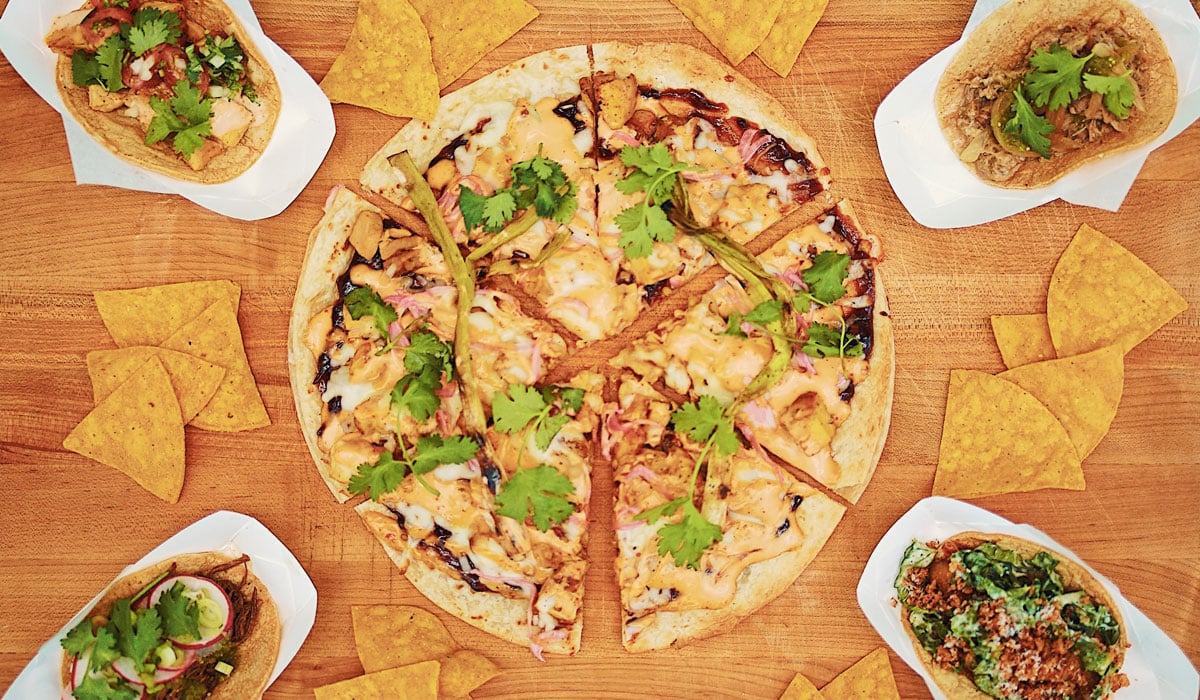The limited-service restaurant industry has fared relatively well compared with full service over the past 10 months. Many quick-service and fast-casual brands were well prepared for the pandemic, having already invested in things like delivery and ghost kitchens. And full-service brands have spent this crisis trying to catch up to many of those innovations that have become prevalent across the aisle.
Both sides of the industry have leaned into new technologies to enhance their interactions with guests, particularly digital platforms accessible on guests’ mobile devices. And the result is that the line between the two is becoming increasingly blurred.
Take for example OhWaiter, one such platform that has pushed restaurants to rethink the service experience during the pandemic. The text message–based system allows guests to send orders directly to tablets located next to a restaurant’s POS, eliminating the need for direct interaction between a customer and wait staff—whether that’s a full-service restaurant replacing a waiter with the platform, or a quick serve replacing the counter experience with it.
OhWaiter CEO Jonathan Chu says customers are greeting these new technologies with open arms and are growing accustomed to a tech-powered experience.
“I heard a story the other day that when a lady was handed a laminated menu, she looked at her husband and said, ‘Gross!’” he says. “I believe some safety precautions due to COVID-19 will be here long after COVID-19.”
Considering that a recent ISPA Consumer Snapshot found that nearly 75 percent of its respondents felt “a little nervous” or “very nervous” when it came to eating out in restaurants, an experience that limits interactions and eases consumers’ minds could be a game changer for a brand.
Chu had the idea for OhWaiter before the pandemic, and it arose out of other problems he experienced as a restaurant owner and operator.
“There are many negative trade-winds affecting our business, but the tipping point was when the minimum wage took a 50 percent increase in 5 years,” Chu says. “I was complaining about permits, regulations, and the wages to one of my regulars, and the light bulb went off.”
As OhWaiter exemplifies, not all technological innovations will be relevant both during the pandemic and after the pandemic era. Chu says the emergence of kiosks and tabletop tablets at the end of 2019 are one such example. These tablets require constant sanitizing by staff, thereby defeating its purpose in reducing its proposed time efficiencies. He sees tableside innovation being more successful in the customer’s own hands—literally—through technology that incorporates a guest’s device.
With service conducted through a customer’s device, could the difference between a quick-serve and full-serve restaurant in the future be nothing more than quality and price? Chu isn’t so sure. He says the full-service industry’s emphasis on service, ambiance, and energy will continue to set it apart from its quick-service counterparts.
This doesn’t mean full service can’t benefit from technological innovations in the service realm, though. “For full service, technology is the future due to rising labor costs. ‘Innovate or evaporate’ is a common motto,” Chu says. “For some, technology will be a backup option while the marketplace matures with technology habits. And for early adopters, it will be a preferred means. From the guest perspective (especially the young), it’s a preferred way.”
Chris Blanchard developed OhWaiter alongside Chu and adopted it for his Los Angeles–based fast casual Chicas Tacos. Even before the pandemic, Blanchard saw technology as a tool that helped improve the dine-in experience without having to dramatically change the way a restaurant operates.
Chicas Tacos was accustomed to technology like contactless and touchless payment systems when OhWaiter came along. But now Blanchard says the type of technology coming from platforms like OhWaiter have improved the brand exponentially.
“The ability to bring in a new ease of use for your guest is in fact a game changer,” Blanchard says. “When you have a technology like this or any similar technology in a time that we’re in, it’s literally like pouring rocket fuel in an already well-groomed, well-running engine. This has just catapulted it.”
Blanchard credits OhWaiter with boosting alcohol sales, which have increased for the brand since COVID-19. The Chicas Tacos team originally projected 7–10 percent of its sales coming from alcoholic beverages during the pandemic, but in fact 30 percent of sales from the restaurant’s Culver City location were coming from alcohol as of late summer. Blanchard says that’s because a platform like OhWaiter encourages guests to enjoy their time on the patio for longer, giving them the option to simply text if they want another round.
He adds that these kinds of tech platforms even help restaurants meet customer expectations. At the end of the day, he says, people still want a restaurant experience in which they can come out of their homes and take their masks off. Technology can help balance the thin line between a welcoming environment and necessary safety precautions.
But even with new technological innovations that could change the way full-service and quick-service restaurants operate, Blanchard thinks the future of the restaurant industry will be similar to what the landscape looked like pre-pandemic.
“Yes, there are going to be some amazing technologies that are going to help with efficiency and throughput,” he says. “But as a whole, consumer behavior [and] a lot of things we have in society will go back to some version of normalcy.”
Blanchard and Chu are constantly coming up with new ways to improve the OhWaiter platform as the concept moves toward the future. Blanchard is also looking to grow Chicas, and he’s optimistic about the future of the fast-casual industry as a whole, even beyond the technological innovations that are happening across the segment.
“Our trajectory hasn’t really changed; our focus and our optimism hasn’t changed. Not saying that we’re being naïve, that there aren’t going to be things that are different,” Blanchard says. “But at the same time, we know how resilient we are—not only as a country, but in this industry.”







